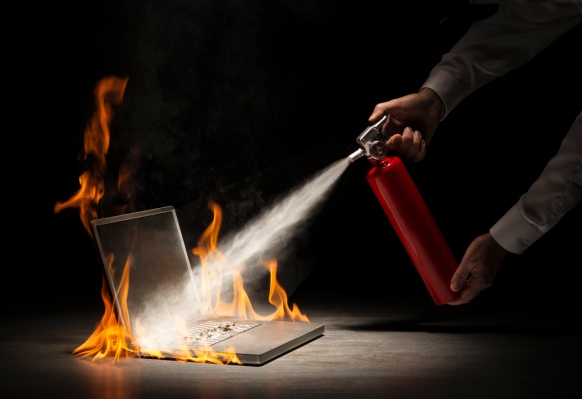
What goes up must come down. And what goes SPAC must go splat? We’ll keep workshopping that.
Regardless, shares of super app Grab took a pounding today after its SPAC combination was approved last night and began to trade this morning. Grab’s stock initially rose, before falling sharply as the day went on.
By the close of trading, Grab was worth $8.75 per share, or down 20.53%, per Yahoo Finance’s count. Shares fell another 1.7% as of the time of writing.
But Grab’s lackluster performance was only one from SPAC-led debuts today. Buzzfeed also ran into a redemption buzzsaw while trying to get its SPAC deal done, while its staff was in open revolt and its leadership tried to bring them into line by threatening to dock their pay — that will fix it, surely.
And there was more. MetroMile, the neoinsurance company that went public via a SPAC, hit a new 52-week low today of $2.27 per share before recovering. Given that the company’s 52-week high was just over $20 per share, its declines are this side of legendary.
There are other splashes of SPAC blood on the public-market walls. Shares of Desktop Metal are under the $6 mark after shooting as high as $34.94 in the last year. That’s another SPAC combo that has largely deflated post-consummation. Who else? Lordstown: Today it’s worth $4.14 per share, despite being worth as much as $31.56 in the last year.
The list goes on. There will be some SPAC winners. SoFi is still above the $10 per share mark by a good margin, for example, but woof.
What about Grab, though?
When we were parsing Grab’s third-quarter results this morning, we noted its falling revenues and rising losses. Those key performance metrics were pointing in the wrong direction.
Still, with redemptions at effectively zero, and the SPAC backer holding for three years, I presumed that there was something in Grab that I was missing. There was not, as it turned out.
The growth method of avoiding investor discontent is to post lots of revenue expansion, thus making even rising losses appear smaller, at least in percentage-of-revenue terms. Flat losses are better. And falling losses best, of course. But if revenue is in decline while losses are going up, then things are bad.
Not that Grab won’t pull it all together in time. It might! But going public with falling top line and rising red ink was never going to be easy. Perhaps we should be less surprised that Grab has managed little other than underperformance thus far as a public company.
Not a great week for SPACs.
Credit: Source link


Comments are closed.